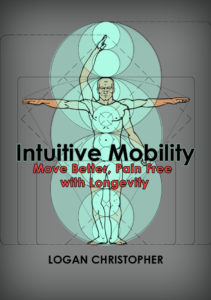 Mobility. Undoubtedly, you’ve heard this word before.
Mobility. Undoubtedly, you’ve heard this word before.
The definition is:
“the ability to move or be moved freely and easily.”
That’s a pretty good definition…though maybe not defined as clearly as could be useful.
One of my favorite things I learned from Frankie Faires: how he talked about athletic qualities. They were all based in terms of movement.
- Strength is the ability to move with force.
- Speed is the ability to move fast.
- Flexibility is the ability to move into extended ranges of motion.
- Endurance is the ability to move repetitively.
Mobility is the ability to…
Move freely and easily, from above seems pretty good.
But Frankie said it was the ability to differentiate movement.
Can you move in small, but different, ways? Or another way I think about it is the ability to control movement. Can you control your movement to move in all sorts of ways? Each of these definitions is helpful to see mobility through a slightly different lens.
The other important thing to notice is sometimes the lines between movement types (which are generalizations by definition) are blurry. And blurring the lines is good.
Mobility vs. flexibility is one such area. After all, you want to move freely and easily into end ranges of motion often times. The right kind of mobility work is great for increasing your flexibility too.
Mobility vs. strength is another area. This is where loaded mobility comes in, which if all you’re doing is unloaded mobility movements, you’re missing out on so much.

